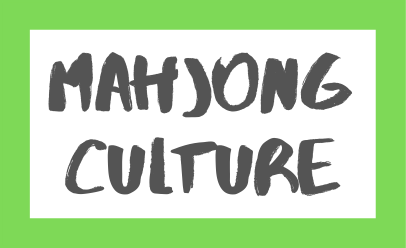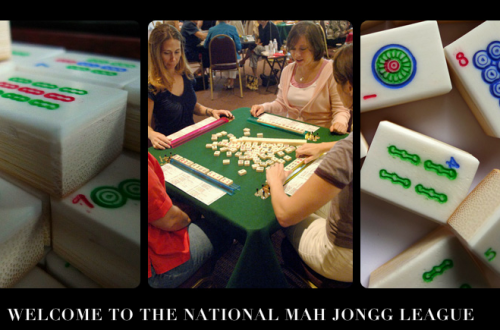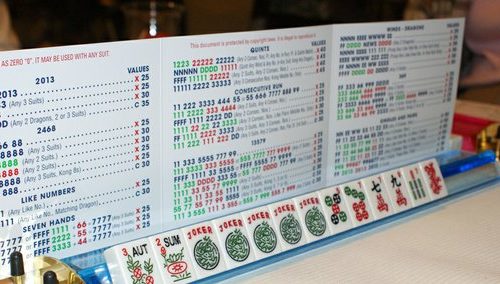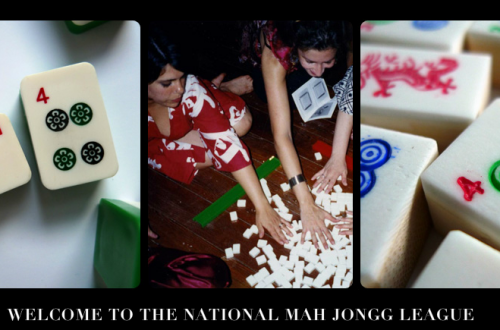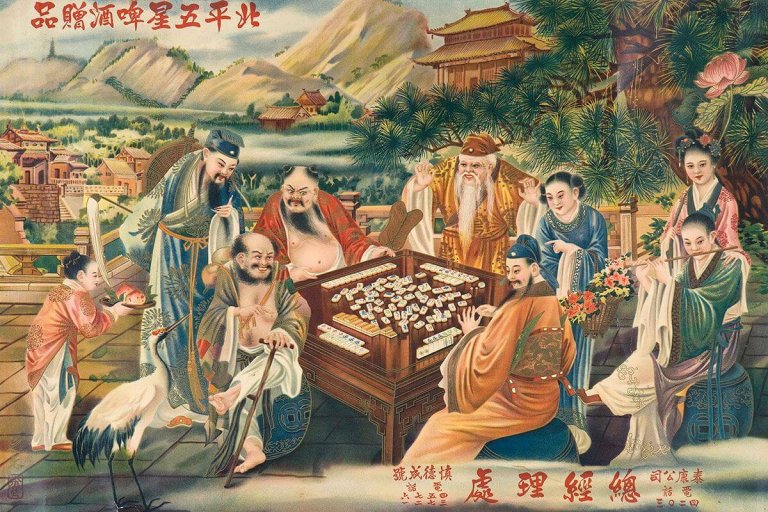
A Brief History of Mahjong: A Timeless Game
 Mahjong, a captivating tile-based game, has a rich and fascinating history that spans centuries. Its origins can be traced back to ancient China, where it was first played as a simple game of chance.
Mahjong, a captivating tile-based game, has a rich and fascinating history that spans centuries. Its origins can be traced back to ancient China, where it was first played as a simple game of chance.
Early Beginnings
The exact date of mahjong’s inception is uncertain, but it is believed to have emerged during the Tang Dynasty (618-907 AD). Mahjong is thought to have evolved from a game called “weiqi” (Go) and a simple game called “cheuk-cheuk”. The tiles may have been inspired by Chinese characters or symbols. At this time, it was primarily a game of chance, with players drawing tiles at random and aiming to form winning combinations.
Evolution and Popularity
Over the centuries, mahjong evolved into a more complex game of skill and strategy. The rules and scoring systems became more sophisticated, and the game gained popularity throughout China. Mahjong spread to other parts of Asia, including Korea, Japan, and Vietnam, where it developed its own variations and cultural influences.
Mahjong gained significant popularity during the Ming Dynasty (1368-1644). It became a popular pastime among both the nobility and among the Chinese aristocracy. By the time of the Qing Dynasty (1644-1911), mahjong had become a ubiquitous pastime among people of all social classes. It was played in homes, teahouses, and gambling dens.
Spread to the West
In the 19th century, Chinese immigrants brought mahjong to various parts of the world, including Southeast Asia, North America, and Europe. In the early 20th century, mahjong experienced a resurgence in popularity worldwide. It was introduced to Western countries and quickly gained a dedicated following. Mahjong’s popularity surged in the United States during the 1920s. It was often associated with glamorous parties and social gatherings.
Modern Mahjong
Today, mahjong remains a popular game worldwide. It is played in various forms, with slight variations in rules and scoring depending on the region. The game’s enduring appeal lies in its combination of chance, skill, and strategy, making it a captivating and challenging pastime for players of all ages. Today, mahjong remains a beloved pastime enjoyed by people of all ages and backgrounds. Its enduring appeal lies in its blend of strategy, chance, and social interaction. It is a game of skill and strategy, requiring players to carefully plan their moves and anticipate their opponents’ actions. It is also a social game that fosters camaraderie and competition. Mahjong has deep cultural roots in China and continues to be an important part of many Asian communities.
Would you like to learn more about the rules or variations of mahjong? Check out our Getting Started section.
